Researchers at the University of Trento in Italy discovered that spiders’ fangs use unique serrated geometry to efficiently cut tough natural and synthetic fibres.
From Superinnovators 30/09/24
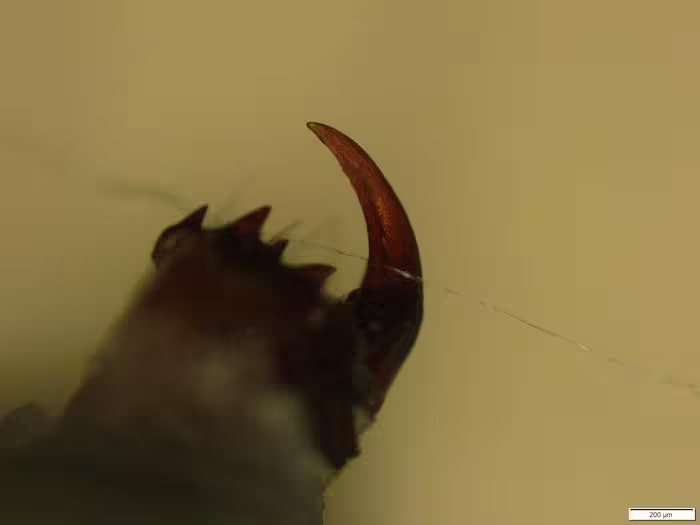
When most people think of spiders, they typically picture webs rather than their sharp fangs.
However, new research shows their fangs are surprisingly efficient cutting tools.
Researchers from the University of Trento investigated this unusual capability, publishing their findings in Advanced Science.
They found that spiders can cut through not only their own silk but also tough synthetic fibres like carbon and Kevlar®.
Previous studies suggested a chemical mechanism, where spiders produced enzymes to dissolve silk fibres.
However, the speed and precision of this process suggested that chemistry alone couldn’t explain the phenomenon.
The team examined spider fangs under a scanning electron microscope and noticed something unusual.
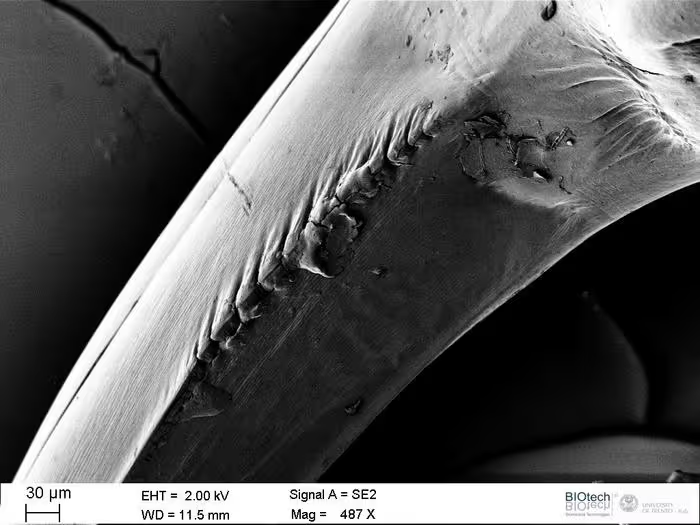
The fangs feature serrations with spacing that gradually increases from the tip to the base.
As a fibre slides inward, it eventually locks into a serration that matches its size.
This unique geometry minimises the cutting force required, enhancing efficiency.
The researchers say this mechanism allows spiders to cut through strong, high-toughness materials with minimal effort.
This discovery could influence the design of sharper, more efficient tools for human use.
For example, fangs-inspired designs could improve cutting tools for wood, metal, stone, and even food.
According to the researchers, the study opens up new avenues for biomimetic engineering.
The team have highlighted that a deeper understanding of spider fangs could lead to breakthroughs in material science.
Overall, the study offers surprising insights into one of nature’s smallest yet most formidable predators.
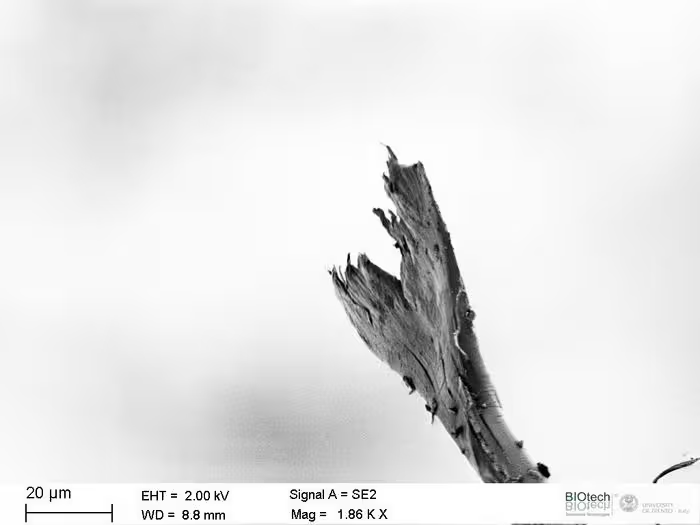
More info
You may also be curious about:
-

Researchers discover why mushroom supplement slows prostate cancer
-

Wave-predicting robots could cut green energy costs
-

One genomic test can diagnose nearly any infection
-
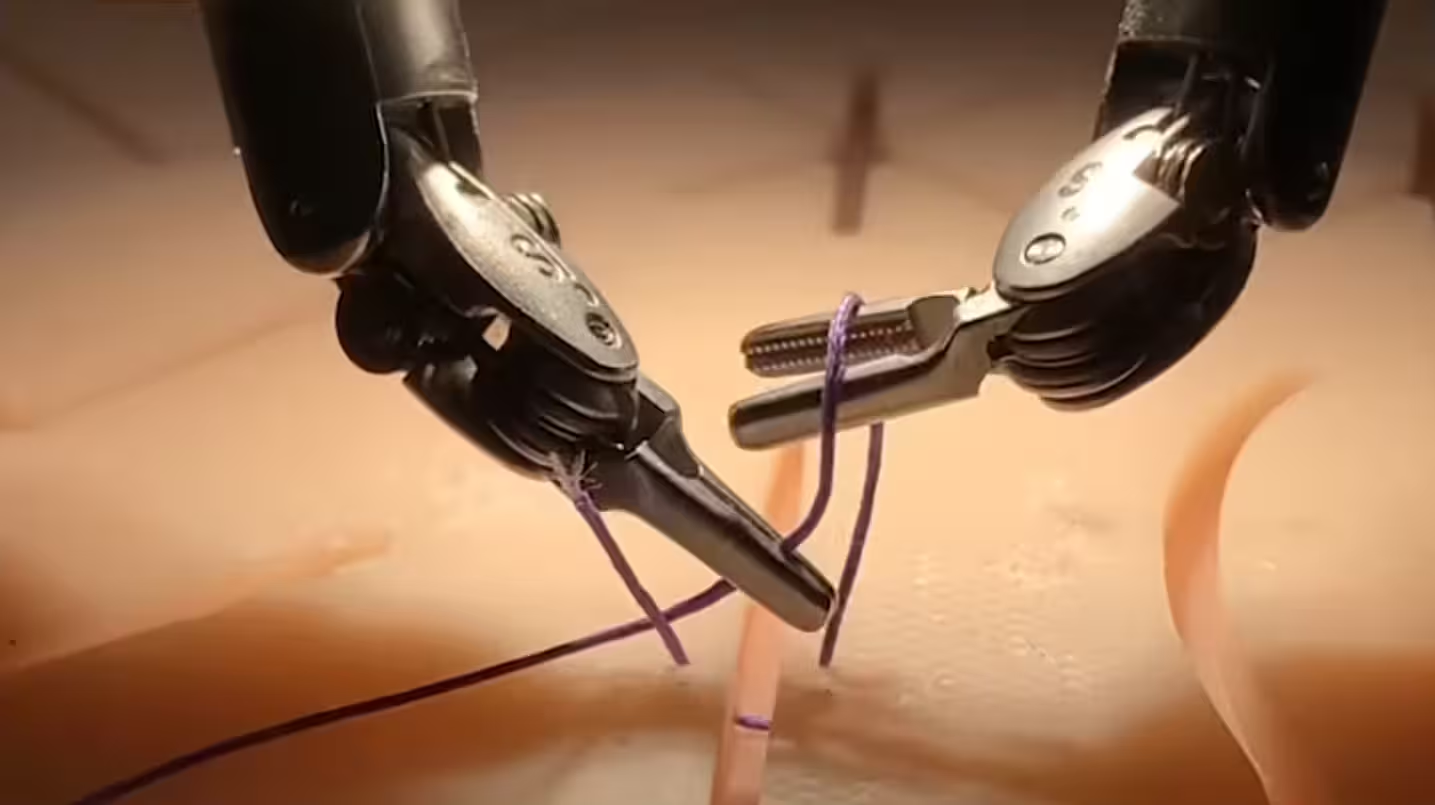
Robot that watched surgery videos performs with skill of human doctor
-

Alcohol consumption among animals may not be as rare as previously thought
-

Scientists can reverse brain aging in fruit flies by preventing buildup of a common protein
-

Other body parts form memories, not just the brain
-

Research shows caterpillar fungus can slow down growth of cancer cells
-

It’s not to be. Universe too short for Shakespeare typing monkeys
-
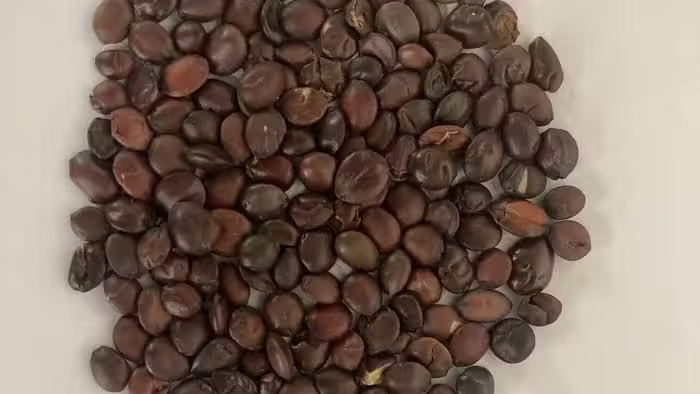
Chinese herbal medicine’s potential in preventing dementia
-

Detecting evidence of lung cancer in exhaled breath
-

How fresh is your milk? Your smartphone can tell.
